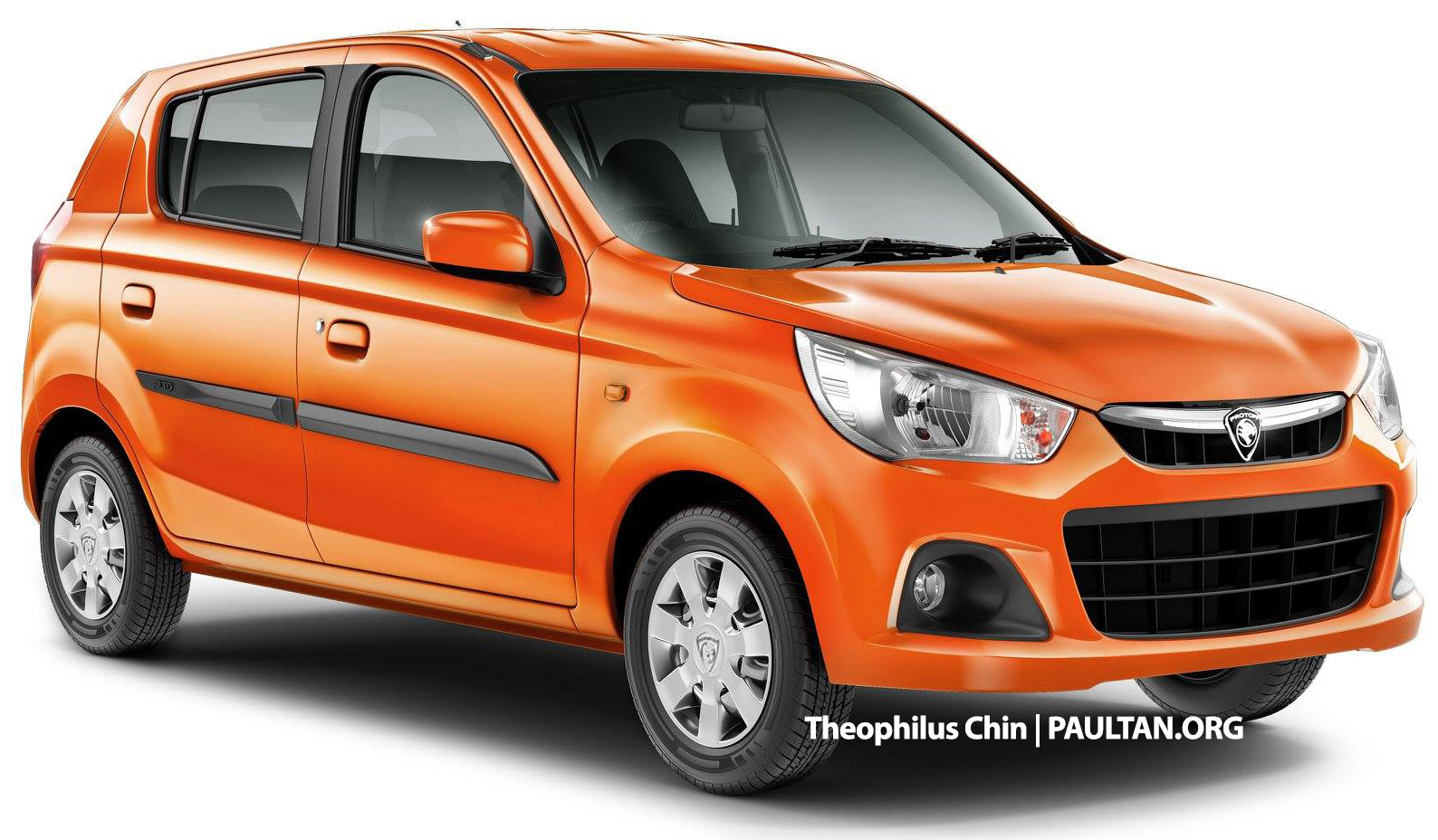The Memorandum of Understanding (MoU) and Licence Agreement signing event between Proton, Suzuki and DRB-Hicom has just ended, and the gist of it is this: Proton will be developing a small compact car with the help of Suzuki, up to 1.0 litre in engine displacement and in a segment where Proton is currently not present.
These are as good clues as any that Proton is seriously considering going into the A-segment (for the first time), which is of course Perodua territory. Conversely, Perodua is now developing a sedan (out 2017 or 2018), widely rumoured to go up against the Proton Saga. So brace yourselves for an all-round, all-out battle!
What will be the extent of the collaboration? Will it be a Proton platform and a Suzuki engine (chairman Tun Dr Mahathir made passing mention of 660 cc, 850 cc and 1.0 litre engine sizes), or a full rebadge of an existing Suzuki model that’s not sold in Malaysia?
“Both are possibilities,” the former PM said, adding that the Tanjung Malim plant will be utilised in this collaboration, and that we could see the finished product as early as 2016. So will the Iriz‘s baby sister be based on the Alto, Celerio or any other micro Suzy?
AD: Drive the Proton model of your dreams. Submit your details and Proton PJ will get in touch with you.
Looking to sell your car? Sell it with Carro.


















AI-generated Summary ✨
Comments mostly express hope and excitement about Proton collaborating with Suzuki to develop an A-segment car, viewing it as a positive move for the local automotive industry. Many users believe this partnership can enhance Proton’s offerings by leveraging Suzuki’s expertise in small car manufacturing, potentially providing more affordable and reliable vehicles for Malaysians. There is a general consensus that such collaborations can help Proton improve their product lineup and compete better, especially in the A-segment market. Some comments also criticize previous local automotive strategies, while others express skepticism about Proton’s ability to succeed without proper management and planning. Overall, the sentiments are optimistic but emphasize the need for quality, innovation, and proper execution in the joint venture.